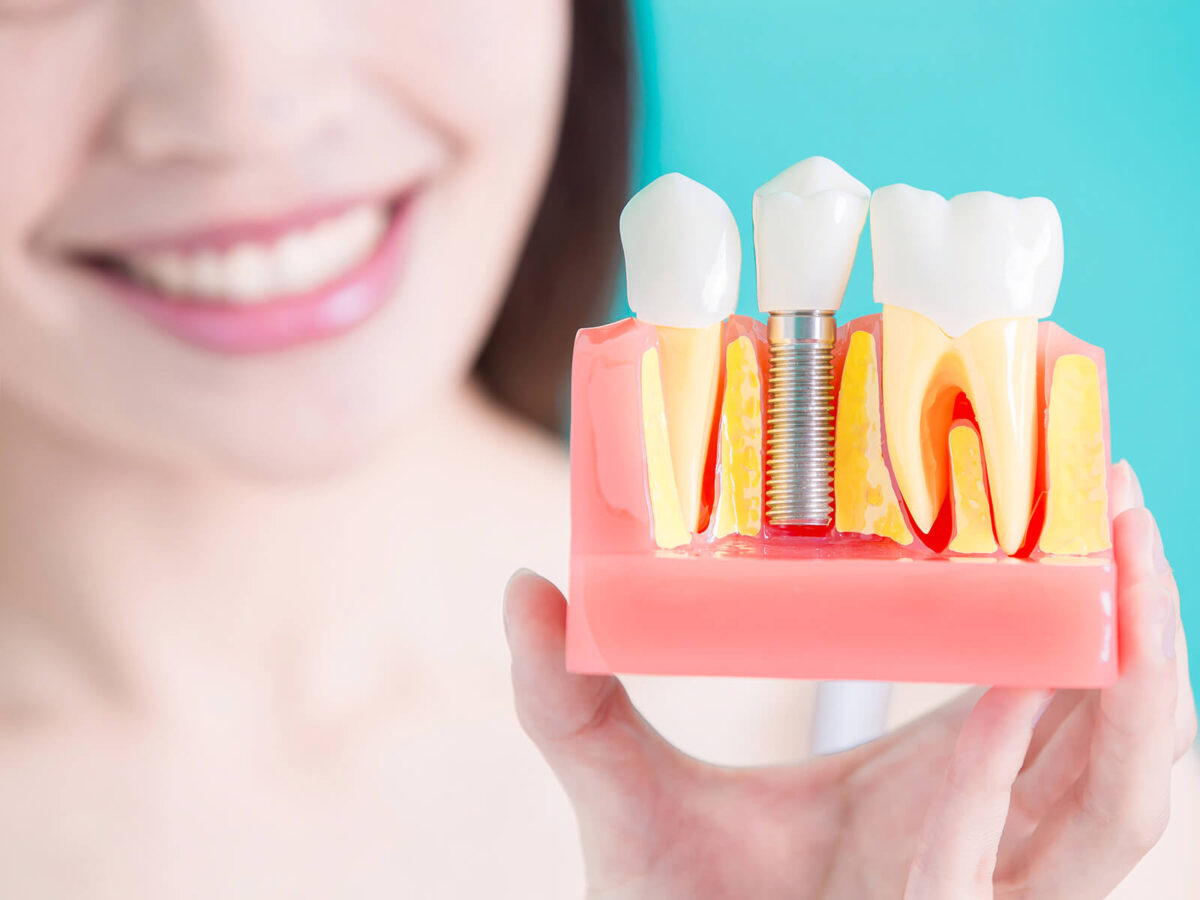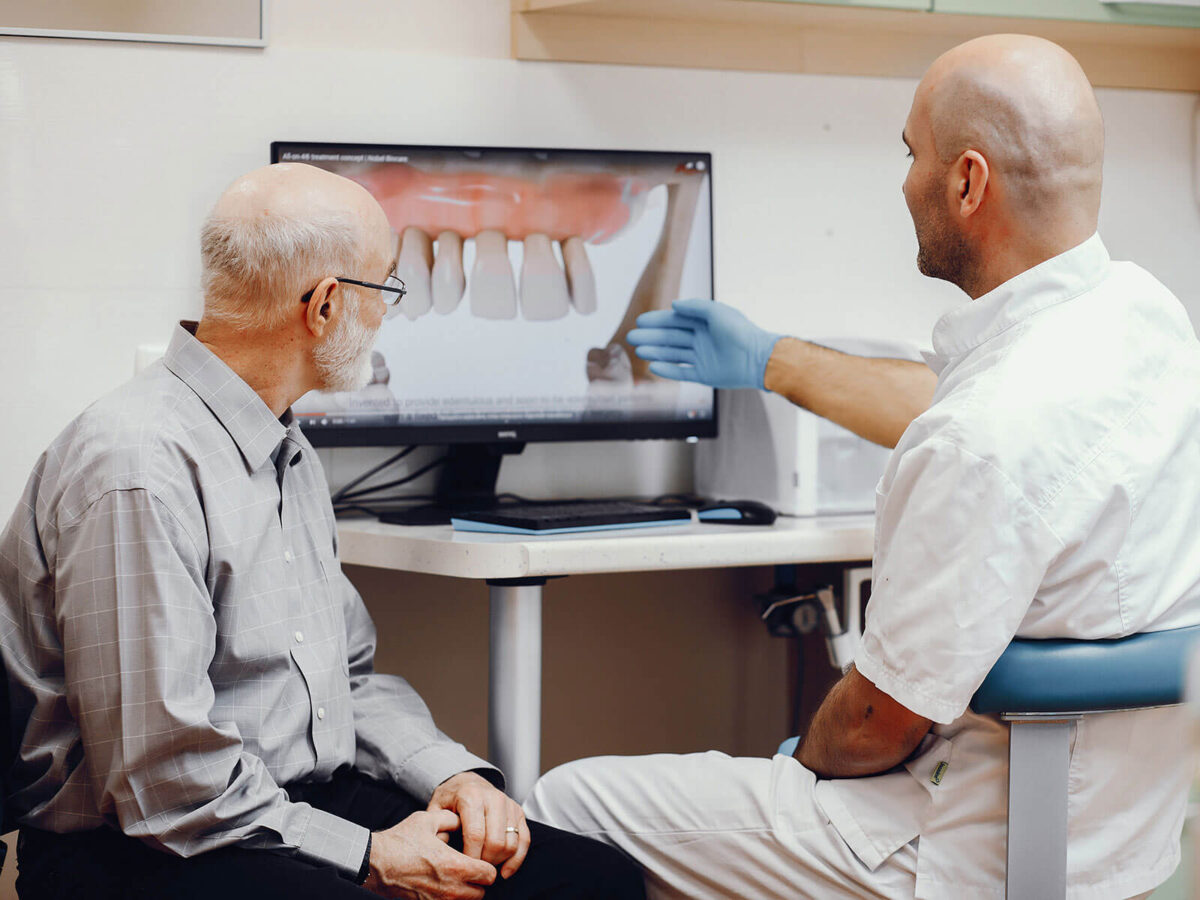Introduction
Dental implants have emerged as a game-changing solution for individuals seeking a long-lasting and aesthetically pleasing way to restore missing teeth. Grangerland Dentist, TX, invites you to explore the subtleties of dental implants, including their benefits and potential downsides.
This guide walks readers through implant surgery, providing valuable insights into the aesthetic appeal of dental implants and the factors to consider when contemplating this transformative dental operation.
A Glimpse of Dental Implants
Cosmetically, dental implants enhance the smile’s appearance by preserving facial structure and preventing the sunken aspect commonly associated with tooth loss. Unlike traditional bridges or dentures, implants do not rely on adjacent teeth for support, allowing healthy teeth to remain intact. This also aids dental hygiene because implants can be cared for like natural teeth without special adhesives or removal for cleaning.
Furthermore, dental implants improve jawbone health by encouraging bone growth and reducing degeneration, a common issue with missing teeth. This promotes overall oral health and facial beauty. Implants also enhance chewing efficiency, allowing individuals to enjoy a diverse diet without restrictions.
Advantages of Dental Implants
Dental implants offer various advantages, making them the preferred and most practical option for tooth replacement. For starters, implants provide unmatched stability and performance, closely mimicking the structure of natural teeth. Their integration with the jawbone through a process known as osseointegration ensures a stable foundation and long-term durability.
Aside from practical and aesthetic benefits, dental implants are a long-term solution, often lasting a lifetime with proper care. Their success rate is excellent, making them a reliable choice for individuals seeking a permanent and stable tooth replacement solution. Overall, dental implants significantly improve the oral health and quality of life for those who have lost teeth.
- A Permanent Solution: Dental implants are a permanent and long-lasting solution to tooth loss, integrating with the jawbone for stability and durability.
- Aesthetically Pleasing: Implants closely resemble natural teeth, integrating flawlessly with the natural smile, restoring confidence, and enhancing overall facial appearance.
- Preserving Jawbone Structure: Unlike previous tooth replacement methods, implants stimulate the jawbone, preventing degeneration and maintaining facial integrity.
- Functional and Comfortable: Individuals with implants can eat, speak, and smile with ease, feeling as comfortable as with natural teeth.
- Improved Oral Health: Implants do not rely on nearby teeth for support, allowing natural teeth to remain intact.
Cons of Dental Implants
While dental implants offer numerous benefits, it is essential to be aware of potential downsides or complications related to the procedure.
Cost: Dental implants may be more expensive than other tooth replacement options like bridges or dentures. The cost covers the surgical procedure, implant materials, and additional treatments.
Surgical Procedure: Implant placement requires surgery, which may lead to infection, nerve damage, or complications during the healing period.
Healing Time: Osseointegration takes time. Patients must be prepared to undergo a healing process, which may include discomfort or swelling.
Not Recommended for Everyone: Certain medical conditions, such as uncontrolled diabetes or autoimmune disorders, may affect the success of dental implants. Additionally, poor bone density may require bone grafts, extending the overall treatment period.
Potential Complications: Though rare, complications such as implant failure, peri-implantitis (inflammation around the implant), or damage to adjacent structures may occur.
Maintenance Requirements: While durable, implants require proper oral care and regular dental checkups. Neglecting maintenance can lead to issues over time.
Time-Consuming Process: The complete dental implant process, from consultation to final restoration, can take several months. Individuals seeking a quicker solution may prefer alternative options.
Individuals considering dental implants should thoroughly review their medical history and expectations with their dentist to determine if implants are the best solution for their situation.
Conclusion
As individuals weigh the pros and cons of dental implants for tooth replacement, Grangerland Dentist, TX, can assist them in making an informed decision. Providing a balanced view of the permanence, aesthetic appeal, and considerations surrounding implant surgery allows individuals to make informed choices that align with their dental health goals.
This comprehensive examination highlights the transformative potential of dental implants while promoting an open discussion about the procedure’s underlying considerations. Join Grangerland Dentist, TX, on this enlightening journey to better understand the complex world of dental implants and pave the way to a renewed and confident smile.




